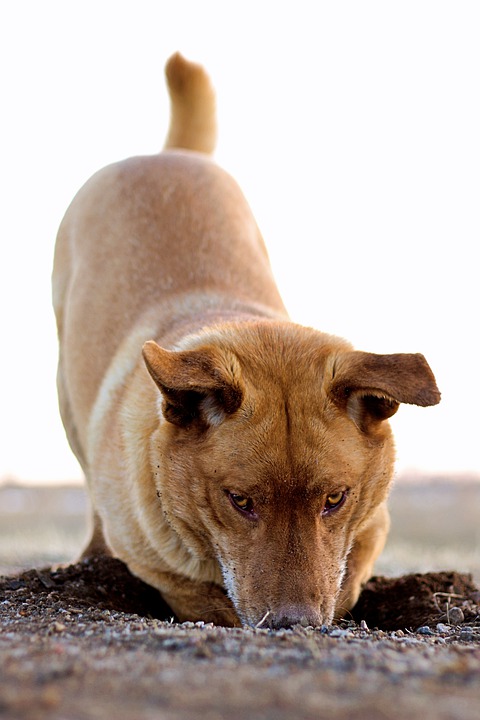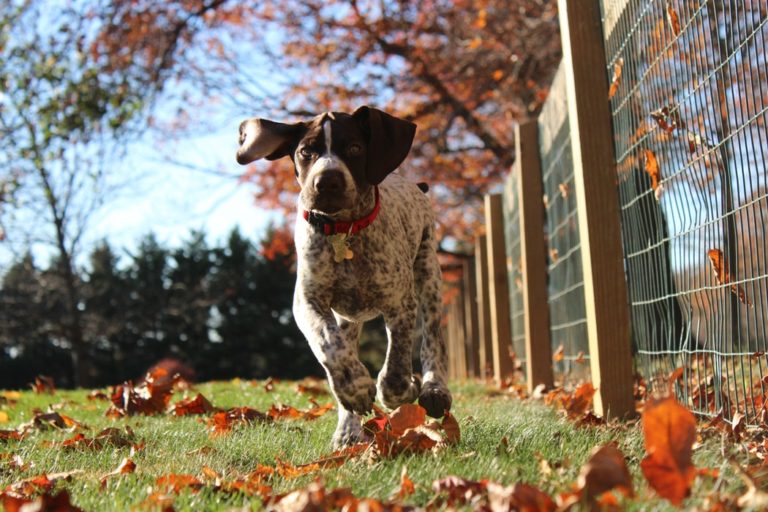{This post may contain affiliate links. This means we may make a small commission at no extra cost to you. This website is a participant in the Amazon Services LLC Associates Program. As an Amazon Associate we earn from qualifying purchases. We only recommend products that we believe will be of value to our followers. Click HERE to see our disclosure for details.}

Dogs are so smart and just love to learn new things but they don’t come trained to do whatever we ask. We have to put the time into training them properly so they grow up to be mannerly and easy to live with. One of the first things most people teach their dog is how to sit on command. Teaching your dog the sit command is simple once you know how to do it.
Why Is It Important To Teach Your Dog To Sit?
The sit command is something that you can use daily with your dog in your regular routine. Ask him to sit while you are placing his food bowl on the floor. You can use the sit command if your dog gets excited and jumps up on someone. It’s one of the most useful things you can teach your dog.
Don’t put off training your dog any longer. With these simple step by step instructions, you can have your dog trained to sit in no time at all.
Teaching Your Dog The Sit Command
Step One:
You will need a tasty dog training treat that your dog can’t resist. (Click HERE to check out our favorite dog training treats.) Make sure that your dog knows that you have a treat by showing it to him Take the treat and raise it up and over his head. As your dog’s head follows the movement of the treat, his bum will go to the ground and he will end up in a sitting position.
If your dog starts jumping around or tries to take the treat from you, calm him down and then try again.
Step Two:
As soon as your dog’s butt hits the ground and he is sitting, reward him. Either use a clicker or use your voice marker to let him know he is doing what you had wanted. Give him the treat, while he is still sitting and provide lots of verbal praise. Make sure that there is no doubt that he is being rewarded for sitting. Your timing has to be perfect so he realizes what he is being rewarded for.
Step Three:
Practice throughout the day until your dog realizes what you expect of him. Don’t overdo it, you have to keep the training fun. If you practice the same thing too many times, your dog will become bored and not interested any more. Lure him in to a sit before feeding, before taking him for a walk, etc. Incorporate it into your daily schedule.
Step Four:
Once you can consistently lure your dog into the sit position with a treat, add a verbal command. As your dog is sitting, say the word “Sit”. As soon as his butt hits the floor, reward and praise him. It won’t take him long to be sitting on command.
Once your dog has learned how to sit on command, you can gradually decrease the treat rewards and just use verbal praise so that he knows he did the correct action.
Training Tips:
Always End On A Positive Note
Always end your training sessions on a positive note. This way your dog feels successful and will be more willing to train the next time. If your dog is having trouble catching on to a training technique, go back to something that he is good at and get him to do that to end your training session.
Ending on a positive note makes both you and your dog feel better about the training session and about training in general.
Use Positive Reinforcement Training
Using positive reinforcement training with your dog will help to strengthen your bond. Yeas ago, the training techniques were to train your dog by punishing the incorrect behavior. This resulted in dogs who did not enjoy training or became nervous because they were afraid of getting a correction. Positive reinforcement training rewards the correct behavior and typically ignores the incorrect behavior. This kind of training makes training sessions much more pleasant for both the dog and the trainer.
Always Keep It Fun
Always make training time fun and rewarding for your dog. If he feels like it is a game instead of work, he will be much more eager to participate. When training is fun, the dog looks forward to his training time with you and is more willing to please you.
What’s Next:
Once you are finished teaching your dog the sit command, you can add to it. Adding a stay to the sit or teaching your dog a down is the next logical step. Your dog is now on his way to becoming a well trained companion that you can be proud to show off to your family and friends.
Taking the time to train your dog pays off in the long run. You will have a much happier dog and he will be a joy to live with.
If you haven’t already, grab our free Dog Training Foundations Workbook and start training today! Click HERE to get your free copy.
Related Post: How To Make The Most Of Your Dog Training Time








